 Fashion designer Manolo Blahnik is something of a legend within the shoe industry. His career truly kicked off in 1969 after meeting US Vogue Editor in Chief, Diana Vreeland; after that, he devoted himself to designing shoes, opening the first Manolo Blahnik store in Chelsea, London, the next year. He speaks to Trudy Ross about his design philosophy, dressing for yourself and looking to the future
Fashion designer Manolo Blahnik is something of a legend within the shoe industry. His career truly kicked off in 1969 after meeting US Vogue Editor in Chief, Diana Vreeland; after that, he devoted himself to designing shoes, opening the first Manolo Blahnik store in Chelsea, London, the next year. He speaks to Trudy Ross about his design philosophy, dressing for yourself and looking to the future
LUX: You’ve said before that shoes are in your DNA. Can you share the story of how you first decided to spend your career designing them?
Manolo Blahnik: It was all thanks to Mrs Vreeland. When I met her I was in a state of catatonic nerves; I grew up with Mrs Vreeland, with Harper’s Bazaar. I had presented some sketches to her of set and theatrical designs and she told me to design shoes. She said “Young man, stick to the extremities and make shoes!”. She gave me the advice I so needed to hear and paved the path for me to follow.
I took a hands-on approach and learned from the best shoemakers in Italian factories. To this day, working in the factories is still my favourite part of the job.
LUX: Tell us about how you opened your first store in the 1970s.
MB: The 1970s was such a fun time in London. It’s funny, the ’70s are absolutely much clearer than the ’80s. We opened the store on Old Church Street in London and that was the very beginning. I didn’t have anything to put in the shop! A friend of mine called Peter Young found the place. He said, ‘There is a wonderful place, far away from everything with no other shops on the street except a pastry shop.”
Follow LUX on Instagram: luxthemagazine
I loved it and I took it, not thinking about how I didn’t have any people, customers, nothing. I used to live in Notting Hill and cross the park on a bike. I would come to the shop every day. We used to open at 10 o’ clock. I ate some cookies at the pastry shop and then we would call Italy and get the shoes done.
LUX: What is your favourite part of the design process?
MB: Without a doubt, working with the artisans in the factories. I have been working with the same artisans for over 35 years. Craftmanship is in their blood, passed down over generations. The team there know exactly what I am thinking and strive to bring all my creations to life, even the most intricate and embellished designs, always pushing boundaries to ensure the complete perfection and the attention to detail required in each of my collections.
Developing seasonal styles with the artisans and spending time in the factory is truly my favourite part of the job. It always has been and always will be.
LUX: Can shoes be a work of art? Can they be more than a work of art?
MB: Shoes can be inspired by art. I am always inspired by art. Francisco Goya did the best shoes in his paintings! I think I would collect all his art if I could. It has hugely inspired me throughout many of my collections and I can’t count how many hours I have spent staring at his works in the Prado museum.
I want my shoes to embody personal style and creativity, pieces of art for your feet.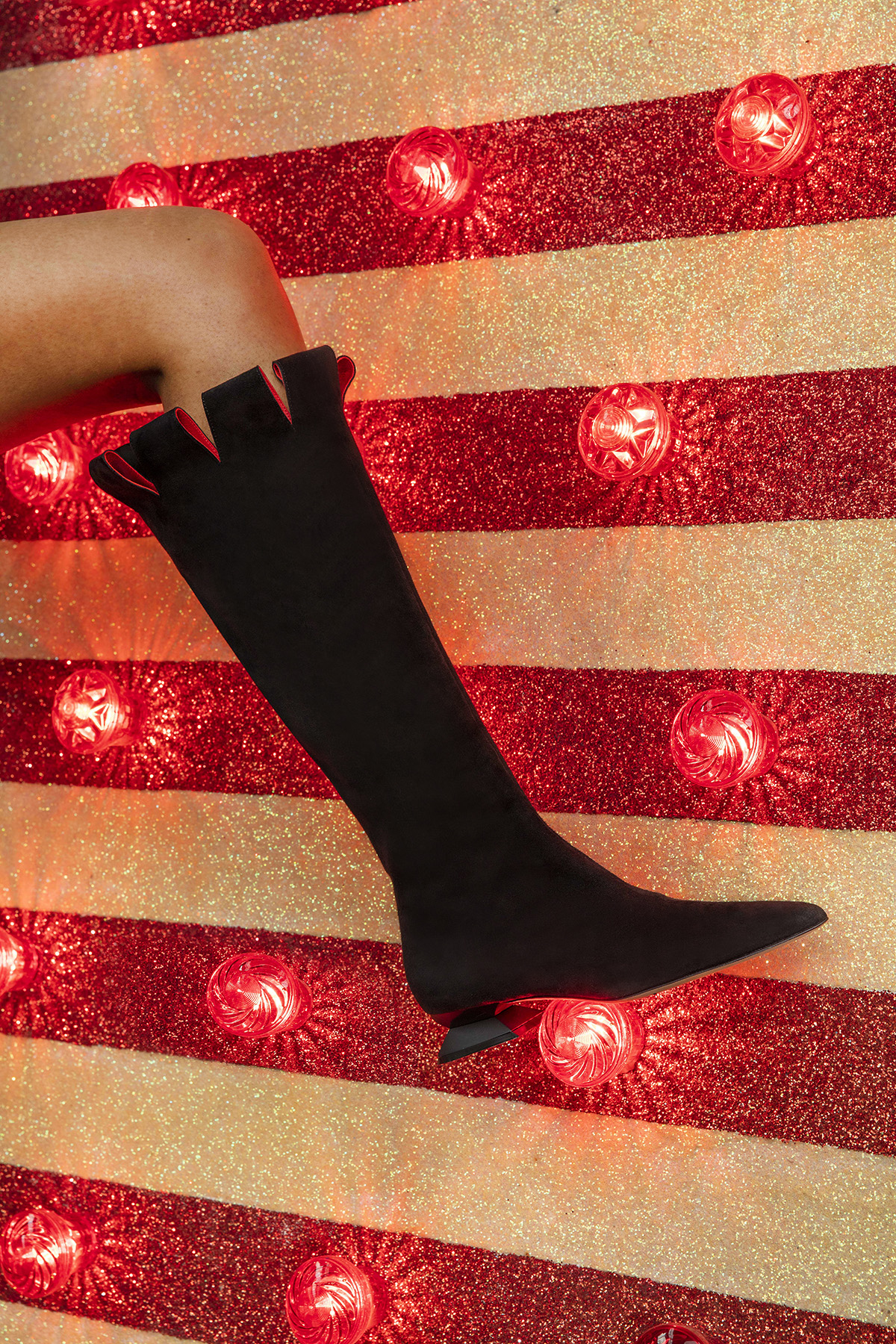
LUX: How can one stay ahead of the fashion curve?
MB: By not following trends. Staying true to who you are and dressing the way you want is, in my opinion, true style. It is a physical attitude that cannot be bought.
I’ve never been one to follow trends. If I see too much of something, I change it. What’s the point of people wearing the same dresses and the same shoes? Everybody ends up looking like clones and I hate that. Individuality is what makes us all unique. I like independence and I love eccentricity. If you like something, buy it. Find your style and stick to it.
LUX: Style or comfort?
MB: I believe you can have both. I spend a lot of time with the artisans testing the comfort of our shoes. Elegance and comfort go hand in hand, you must be comfortable to appear elegant, one cannot exist without the other. There is nothing charming about a woman who cannot walk in her shoes.
LUX: Women’s or men’s fashion?
MB: Both! What’s wonderful is that people are starting to dress up again. In London, men and women alike are now dressed up and going to Savile Row to have suits made.
So long as we are human, we will want to be decorated—for ourselves; not for other people so much. When I wake up in the morning I say, “I’m going to wear happy colours today,” and that is for myself!
LUX: What does it take to create a truly iconic brand identity?
MB: Be true to who you are and believe in what you do! I think the most important thing is the product. That should always remain at the centre.
But for me, it’s not about being a big brand or ‘iconic’! I just want to be healthy and keep doing things. I don’t want anything else. I have everything I want, and I have wonderful memories.
LUX: In the age of e-commerce and social media, how has the digital landscape affected the Manolo Blahnik brand?
MB: You must move with the times or else you will get left behind. Our e-commerce website and social media are a crucial part of the business. When we started to work on The Craft Room, I wanted it to be online so that anyone, anywhere in the world can access this virtual world. It’s exciting! It’s wonderful to be able to connect with the world in this way.

LUX: What does sustainability mean to you?
MB: We don’t use the term ‘sustainability’ because I feel that sustainability is misunderstood. It’s binary: you either are or you are not. We use the term ‘responsibility’ because it is a journey.
My personal philosophy, which was passed down to me from my parents, is that you buy the best quality you can afford and look after it. Mend garments and shoes, have things altered as necessary and upcycled when the time comes. I detest waste and think that overconsumption is unnecessary and lazy.
LUX: In 3 words, how would you describe the world of Manolo Blahnik?
MB: Timeless, colourful and elegant!
Read more: Blazé Milano’s Corrada Rodriguez d’Acrci on creating iconic style
LUX: Where do you predict your brand will be in ten years’ time?
MB: I am so lucky to have my niece, Kristina, as CEO. She has been working on building foundations to protect the brand. We are a family business with a family mindset and it is wonderful we are able to keep it this way. I hope that people continue to enjoy our shoes. We aim to create beautiful handmade pieces that last and make people smile.
Find out more: www.manoloblahnik.com
All images are from the Winter ’23 Collection
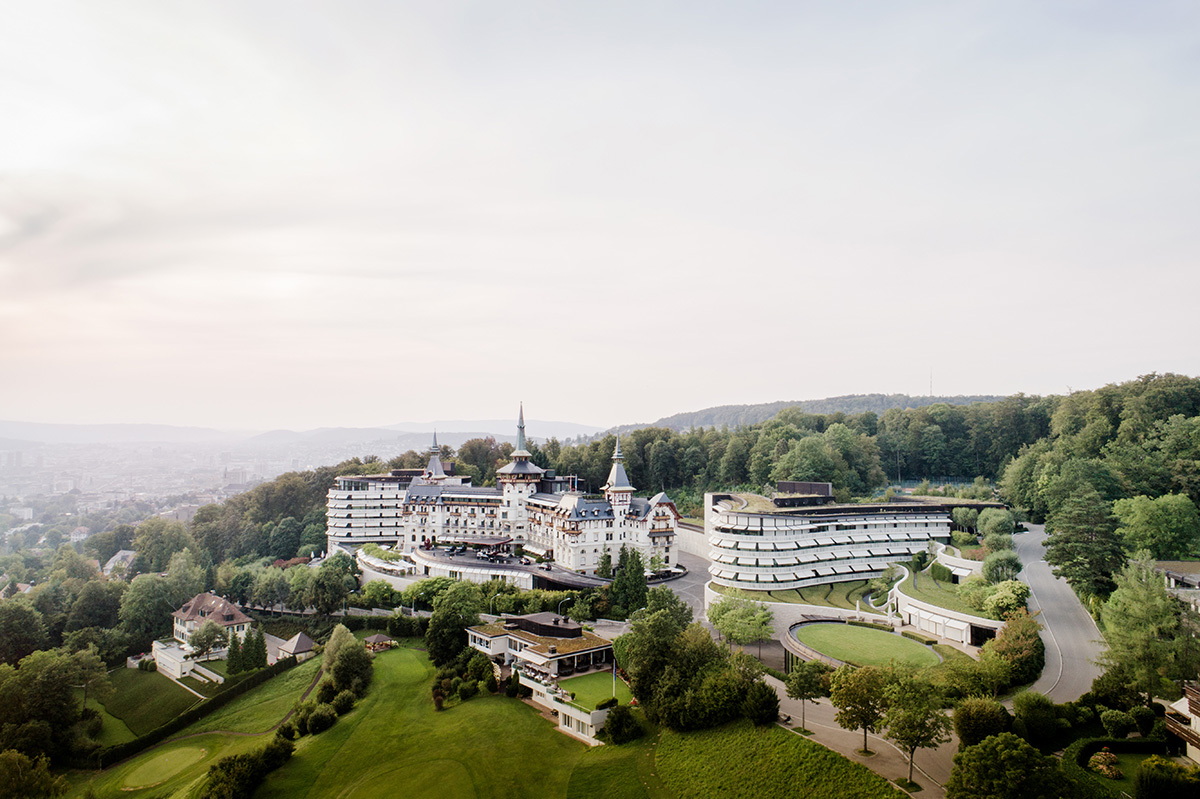
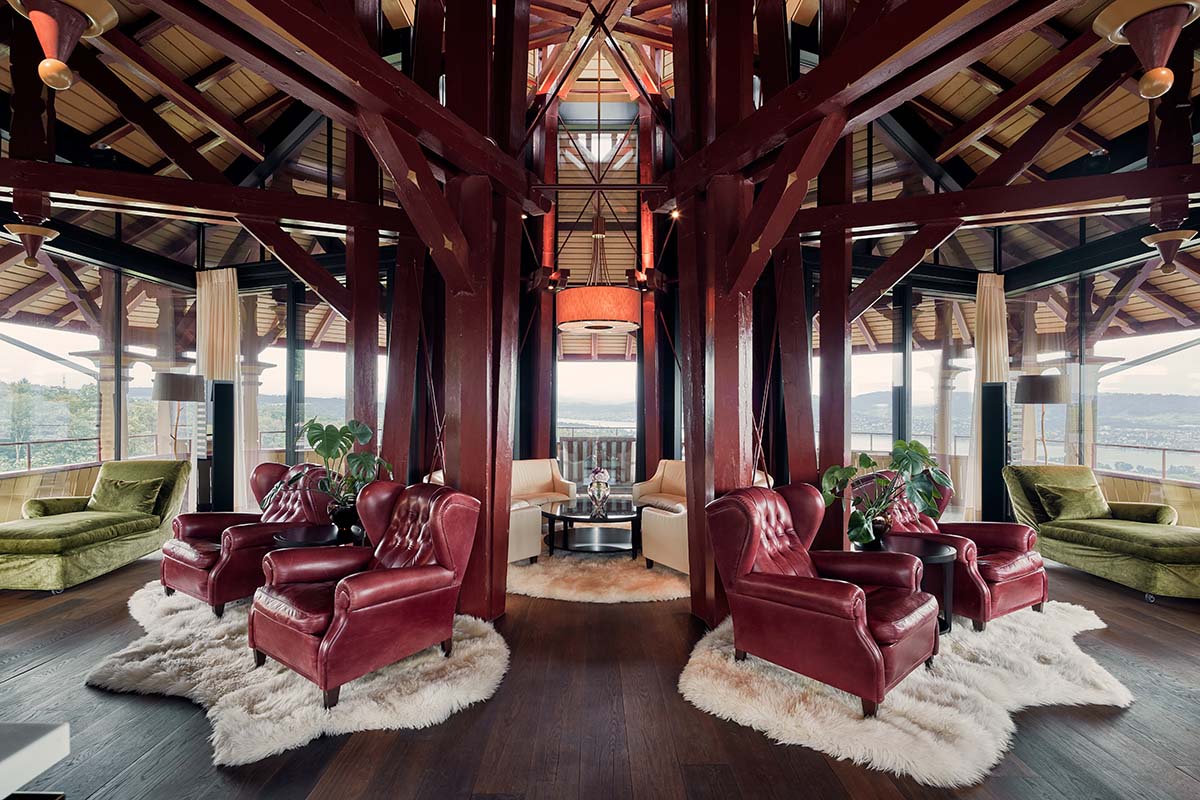

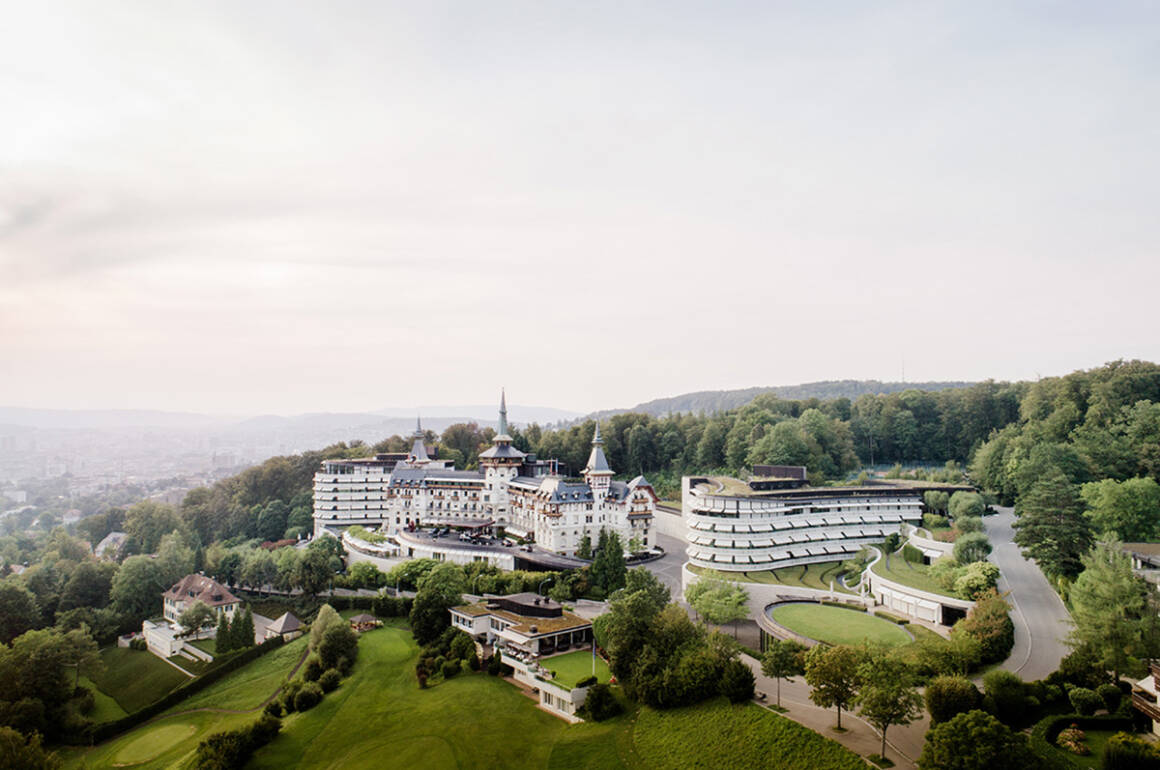
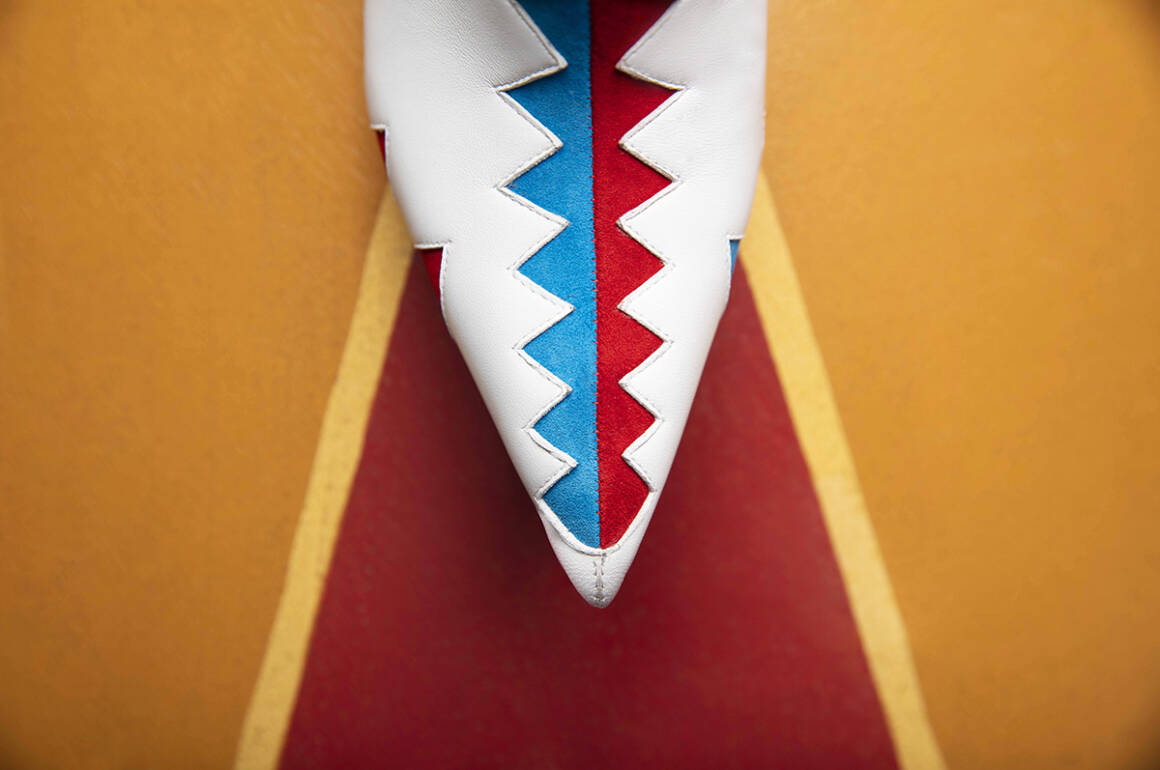
 Fashion designer Manolo Blahnik is something of a legend within the shoe industry. His career truly kicked off in 1969 after meeting US Vogue Editor in Chief, Diana Vreeland; after that, he devoted himself to designing shoes, opening the first Manolo Blahnik store in Chelsea, London, the next year. He speaks to Trudy Ross about his design philosophy, dressing for yourself and looking to the future
Fashion designer Manolo Blahnik is something of a legend within the shoe industry. His career truly kicked off in 1969 after meeting US Vogue Editor in Chief, Diana Vreeland; after that, he devoted himself to designing shoes, opening the first Manolo Blahnik store in Chelsea, London, the next year. He speaks to Trudy Ross about his design philosophy, dressing for yourself and looking to the future









Recent Comments